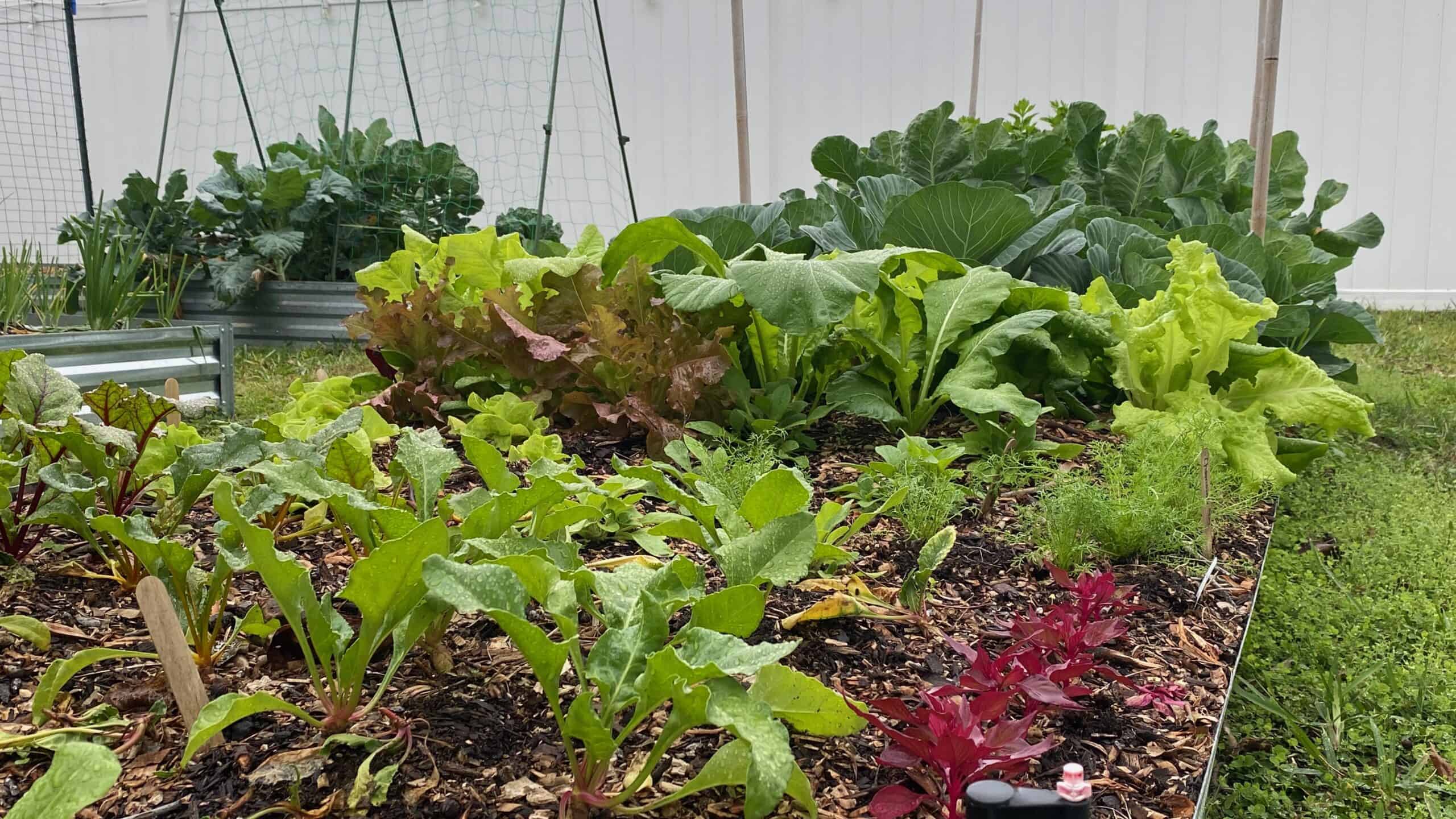Last Updated on May 10, 2024 by Homegrown Florida
Ever struggled with growing potatoes in the sunny, unpredictable climate of Florida? You’re not alone. After several seasons of less-than-stellar yields, I decided this year to overhaul my approach to potato farming. In this blog post, I’ll delve into the practical steps and informed decisions that significantly improved my potato yield. From selecting the right planting time to choosing the best varieties and adjusting care techniques, I’ll share insights that could help other gardeners facing similar issues. Join me as we explore these strategies that led to a satisfying and productive potato harvest in Florida. Thus proving that with the right techniques, even the most difficult growing conditions can be mastered.
Timing and Initial Challenges
This year, I started my potato planting in January, which is actually late for my area. Ideally, I should have begun in October or November. By starting later, I faced a challenge because while the tops of the plants hadn’t completely died back by harvest time, the intense Florida heat made it necessary to harvest them sooner than might be ideal. This late start pressed me into a tight corner, as delaying could mean the potatoes wouldn’t develop further due to the quickly escalating temperatures.
Selecting the Right Spot and Fertilizer
Learning from past experiences, I chose a sunnier location for planting and used chicken manure pellets for fertilization. The choice of location helped avoid the excessive shade that had hindered growth in previous years. The chicken manure provided a slow-release nitrogen source that’s ideal for potatoes.

Potato Varieties and Their Performance
This season, I focused on early-season potato varieties that are ready to harvest within 90 days, although my plants were still going strong at 120 days. The varieties I chose were Golden Nugget, Cal White, and Yukon Gold. The Golden Nugget produced the largest potatoes, Cal White yielded the highest quantity, and Yukon Gold, unfortunately, performed poorly and will not be part of my future planting plans.
I source my seed potatoes from Grand Teton Organic Potatoes, known for their high-quality, organic selections perfect for Florida gardens.
Lessons from Past Weather Challenges
A previous planting was significantly affected by a hurricane that led to excessive moisture, causing my cut potatoes to rot before sprouting. This experience underscored the importance of not cutting potatoes into pieces in Florida’s rainy climate, as the increased moisture can be detrimental to their survival.

Improved Watering and Fertilization Practices
This year, I minimized irrigation, relying more on natural rainfall and only watering when the plants showed signs of stress. For fertilization, I used fish emulsion every three weeks, which seemed to support stronger growth compared to previous methods.
Potato Harvest Results and Reflections in Florida
The adjustments I made this season paid off with a successful potato harvest. The decision to use early-season varieties and adjust watering practices according to the weather conditions were key factors in my success.

Planning for the Next Season
Looking ahead to the fall planting, I plan to start with whole potatoes and move them to a new bed that hasn’t previously grown potatoes. This change is aimed at avoiding the issues with rot and improving overall yield. I’ll continue to adjust my fertilization timing and reduce mulching to prevent excess moisture retention in the soil.
In conclusion, this year’s experience has reinforced the value of adaptability and careful planning in gardening. Each season teaches new lessons that help us grow not just better crops, but also as more skilled gardeners.
For more detailed guidance on planting potatoes, make sure to watch my comprehensive video here, which covers everything from soil preparation to planting techniques.
Happy Gardening!



